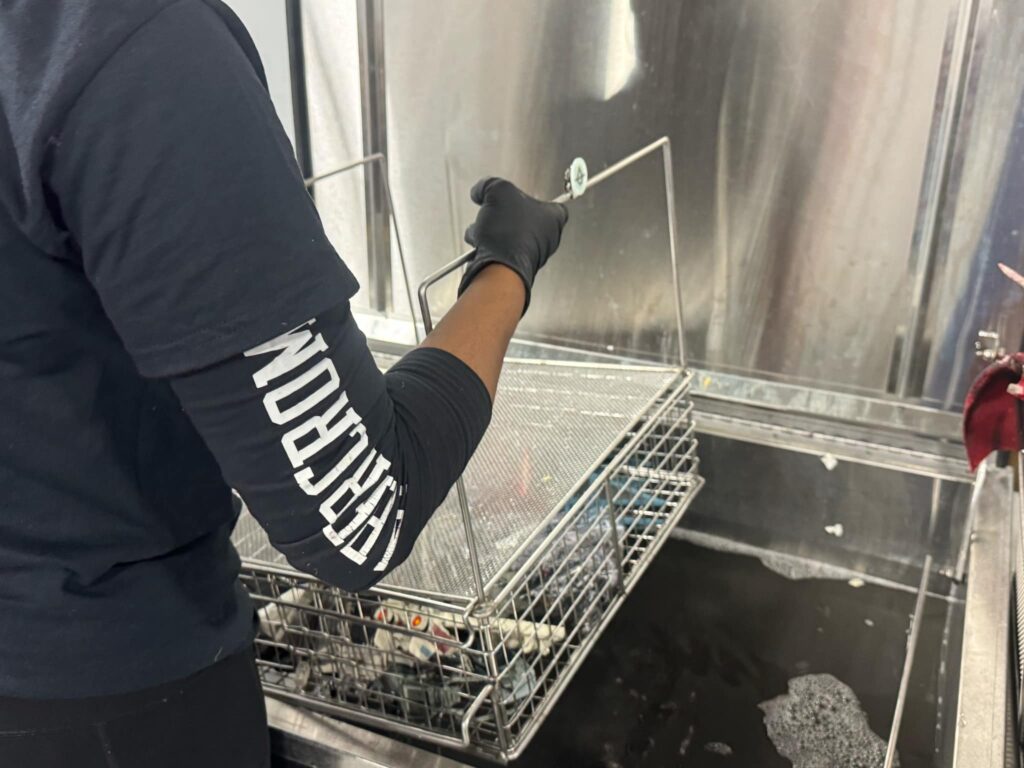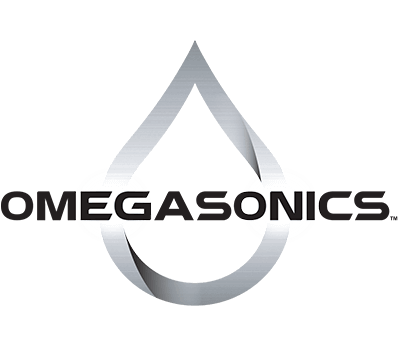Frequently Asked Questions About Ultrasonic Cleaners

Ultrasonic cleaners are versatile devices used for cleaning a wide range of items, from jewelry to industrial parts. However, they often raise many questions about how they work, what they can clean, and how to use them effectively. Below is a comprehensive guide answering the most frequently asked questions about ultrasonic cleaners.
- What is an ultrasonic cleaner, and how does it work?
An ultrasonic cleaner is a device that uses high-frequency sound waves to clean objects submerged in a liquid cleaning solution. It works by producing ultrasonic waves (typically between 20-40 kHz) that create tiny bubbles in the liquid through a process called cavitation. These bubbles rapidly collapse, producing a scrubbing action that removes dirt, grime, and contaminants from the surface and crevices of the object.
- What items can I clean with an ultrasonic cleaner?
You can clean a variety of items, including:
- Jewelry: Rings, necklaces, bracelets, and earrings.
- Eyeglasses: Frames and lenses (if they are not coated with fragile coatings).
- Dental tools: Dentures, retainers, and mouthguards.
- Watches: Watch bands (not water-sensitive electronics).
- Automotive parts: Carburetors, fuel injectors, and engine components.
- Medical tools: Surgical instruments and equipment.
- Firearms components: Gun parts like barrels and triggers.
Always check the material and manufacturer’s guidelines before cleaning any item.
- Are there items I should avoid putting in an ultrasonic cleaner?
Yes, some items are unsuitable for ultrasonic cleaning, including:
- Electronics: Devices like AirPods, headphones, and other speakers.
- Porous stones: Opals, emeralds, and pearls can crack or lose their luster.
- Coated glasses: Lenses with anti-reflective or other coatings may get damaged.
- Delicate fabrics: Textiles and materials like leather are not suited for ultrasonic cleaning.
- Soft metals: Aluminum, tin, and other soft metals may corrode or tarnish.
- What type of cleaning solution should I use?
The cleaning solution depends on the item being cleaned. Common types include:
- Jewelry cleaners: For precious metals and stones.
- Degreasers: For automotive and industrial parts.
- Neutral solutions: For general cleaning without harsh chemicals.
- Enzymatic cleaners: For medical and dental tools.
Never use flammable or corrosive liquids like alcohol or bleach in an ultrasonic cleaner, as they can damage the machine or pose safety hazards.
- How long should I run an ultrasonic cleaner?
The cleaning time varies depending on the item and the level of dirt:
- Jewelry: 3–10 minutes.
- Eyeglasses: 1–3 minutes.
- Automotive parts: 10–20 minutes.
- Dental tools: 5–15 minutes.
Running the cleaner too long may damage delicate items, so it’s important to monitor the process and follow guidelines.
- Can I use plain water in an ultrasonic cleaner?
While plain water can be used, adding a cleaning solution improves the effectiveness. Cleaning solutions reduce surface tension and enhance cavitation, making it easier to remove tough dirt and grime. If using water, consider adding a drop of dish soap for better results.
- Do ultrasonic cleaners require maintenance?
Yes, to keep your ultrasonic cleaner functioning properly:
- Regularly clean the tank after use to prevent residue buildup.
- Avoid using abrasive tools that could scratch the tank.
- Ensure the transducers (responsible for generating sound waves) are working properly.
- Use the correct amount of cleaning solution to avoid overloading the machine.
- Are ultrasonic cleaners safe for everyday use?
Yes, they are safe when used according to instructions. However:
- Avoid touching the cleaning solution while the cleaner is running.
- Do not operate the cleaner without liquid in the tank, as it can damage the transducers.
- Ensure the items being cleaned are appropriate for ultrasonic cleaning.
- What is cavitation, and why is it important?
Cavitation is the formation and collapse of tiny bubbles in a liquid caused by ultrasonic sound waves. It’s the primary cleaning mechanism in an ultrasonic cleaner. The imploding bubbles create a scrubbing action that removes dirt and debris from surfaces, even in hard-to-reach areas.
- How do I choose the right ultrasonic cleaner for my needs?
Consider these factors:
- Tank size: Choose a size that accommodates the items you plan to clean.
- Frequency: A frequency of 20-40 kHz works for most items, while higher frequencies (above 68 kHz) are better for delicate items.
- Heating option: Some cleaners have built-in heaters to enhance cleaning efficiency.
- Timer settings: A timer allows precise control of the cleaning duration.
- Build quality: Look for stainless steel tanks for durability.
- Can ultrasonic cleaners remove rust?
Yes, ultrasonic cleaners can remove rust, especially when combined with a rust-removing solution. However, the process is more effective on light rust and may not fully restore heavily corroded items.
- Can ultrasonic cleaners sterilize items?
While ultrasonic cleaners remove dirt and grime, they do not sterilize items. For sterilization, additional steps, such as using a sterilizer or autoclave, are required.
- Are ultrasonic cleaners noisy?
Ultrasonic cleaners generate a humming or buzzing sound due to the ultrasonic waves. Most models are not excessively noisy, but the sound can vary depending on the frequency and tank size.
- Can I clean multiple items at once?
Yes, you can clean multiple items simultaneously, provided:
- Items are not stacked or touching each other, as this can block cavitation.
- The tank is not overcrowded, which can reduce cleaning efficiency.
Use a basket or tray to suspend items and prevent contact with the tank walls.
- Are ultrasonic cleaners environmentally friendly?
Ultrasonic cleaners are generally considered environmentally friendly because they use water-based solutions and require less energy and chemicals compared to traditional cleaning methods. However, the disposal of used cleaning solutions should follow local environmental regulations.
Conclusion
Ultrasonic cleaners are powerful tools for cleaning a wide range of items efficiently and effectively. Understanding their capabilities, limitations, and proper usage ensures you get the best results while protecting your valuable possessions. If you’re considering an ultrasonic cleaner, this FAQ guide provides all the information you need to make an informed decision.
For more information call 888-989-5560

